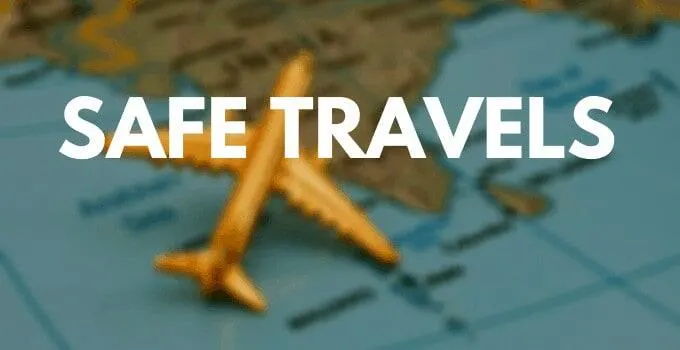Introduction
Traveling to new destinations can be an exciting and enriching experience, but it’s essential to prioritize travel safety to ensure your journey is enjoyable and trouble-free. From planning and preparation to on-the-road precautions, this article will provide a comprehensive guide to travel safety, helping you navigate the world with confidence.
Pre-Trip Planning
- Research Your Destination: Begin by researching your destination. Understand the local culture, laws, and customs. Familiarize yourself with any travel advisories or safety concerns.
- Travel Insurance: Invest in comprehensive travel insurance that covers medical emergencies, trip cancellations, and lost belongings. It’s a safety net that can provide peace of mind.
- Travel Documents: Ensure your passport is valid for at least six months beyond your return date. Make photocopies of important documents and store them separately from the originals.
- Medications and Vaccinations: Consult your doctor about necessary vaccinations and medications for your destination. Carry prescriptions and a basic first-aid kit.
Packing and Security
- Luggage Tags: Attach clear and durable luggage tags with your contact information. Consider a luggage lock for added security.
- Travel Light: Avoid overpacking to reduce the risk of lost or stolen items. Only carry essential valuables like passports, credit cards, and electronics in your carry-on.
- Secure Your Home: Before leaving, lock all doors and windows, and inform a trusted neighbor or friend of your travel plans. Consider timers for lights to create an illusion of an occupied home.
On the Road
- Stay Informed: Keep up-to-date with local news and events while traveling. Register with your embassy or consulate in case of emergencies.
- Stay Connected: Carry a charged mobile phone with local emergency numbers programmed in. Consider purchasing a local SIM card or an international roaming plan.
- Money Matters: Use ATMs in well-lit, secure locations, and avoid displaying large sums of cash. Notify your bank of your travel plans to prevent card issues.
- Transport Safety: Use reputable transportation options, and verify the credentials of any drivers you hire. Buckle up in vehicles, and wear helmets when riding motorcycles.
Personal Safety
- Blend In: Dress modestly and adhere to local customs to avoid drawing unnecessary attention. Leave expensive jewelry and flashy accessories at home.
- Trust Your Instincts: If a situation or place doesn’t feel right, trust your gut and remove yourself from it. Avoid risky areas, especially at night.
- Socialize Safely: While making new friends is part of the travel experience, be cautious about sharing personal information and travel plans with strangers.
Health and Hygiene
- Stay Hydrated: Drink bottled or purified water to avoid waterborne illnesses. Be mindful of ice in drinks and uncooked or street food in high-risk areas.
- Sun Protection: Protect your skin from the sun by using sunscreen and wearing appropriate clothing and headgear.
- Medical Kit: Carry a basic medical kit with essentials like pain relievers, antidiarrheal medication, and adhesive bandages.
Conclusion
Travel safety is an essential aspect of any journey, ensuring you return home with cherished memories rather than unexpected challenges. By following these guidelines, staying vigilant, and maintaining a positive but cautious attitude, you can maximize your safety while exploring new horizons. Travel is an opportunity for personal growth and cultural enrichment, and with the right precautions, you can enjoy it to the fullest.




